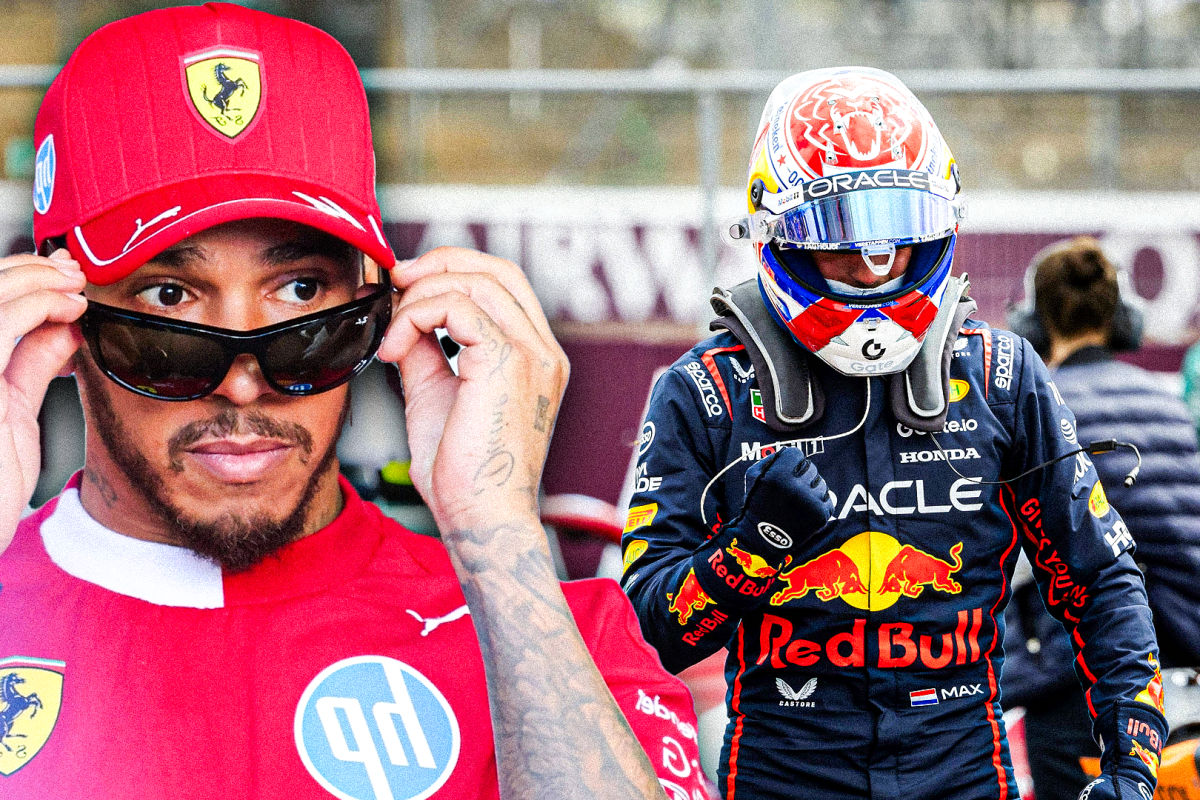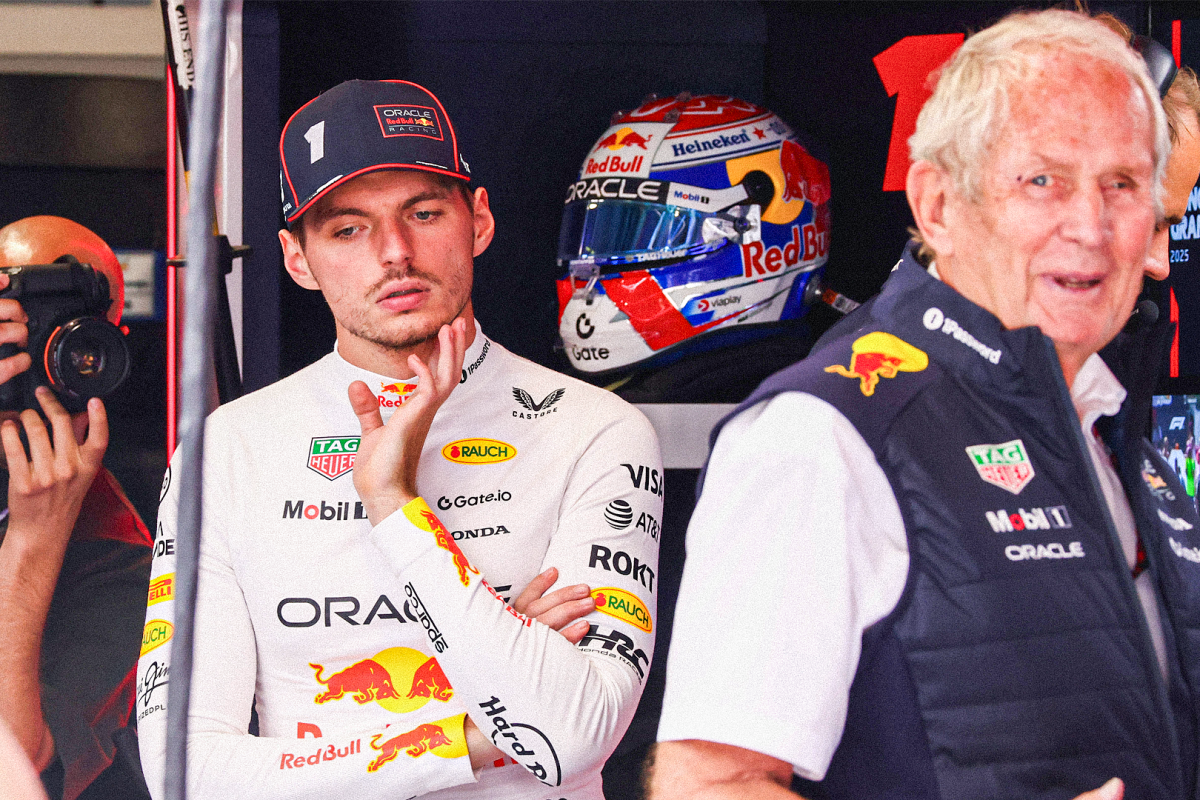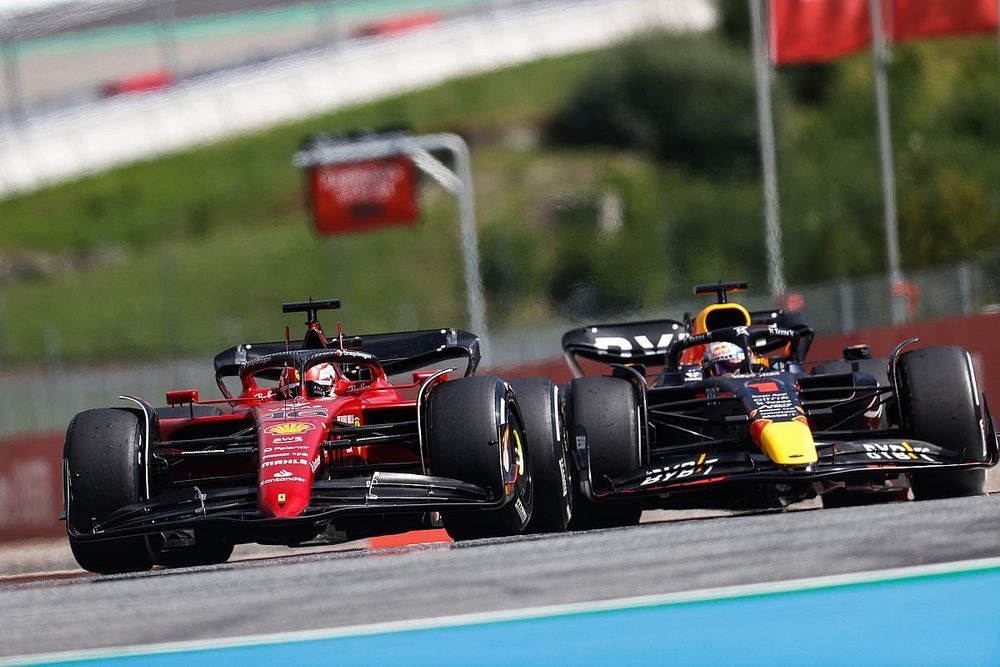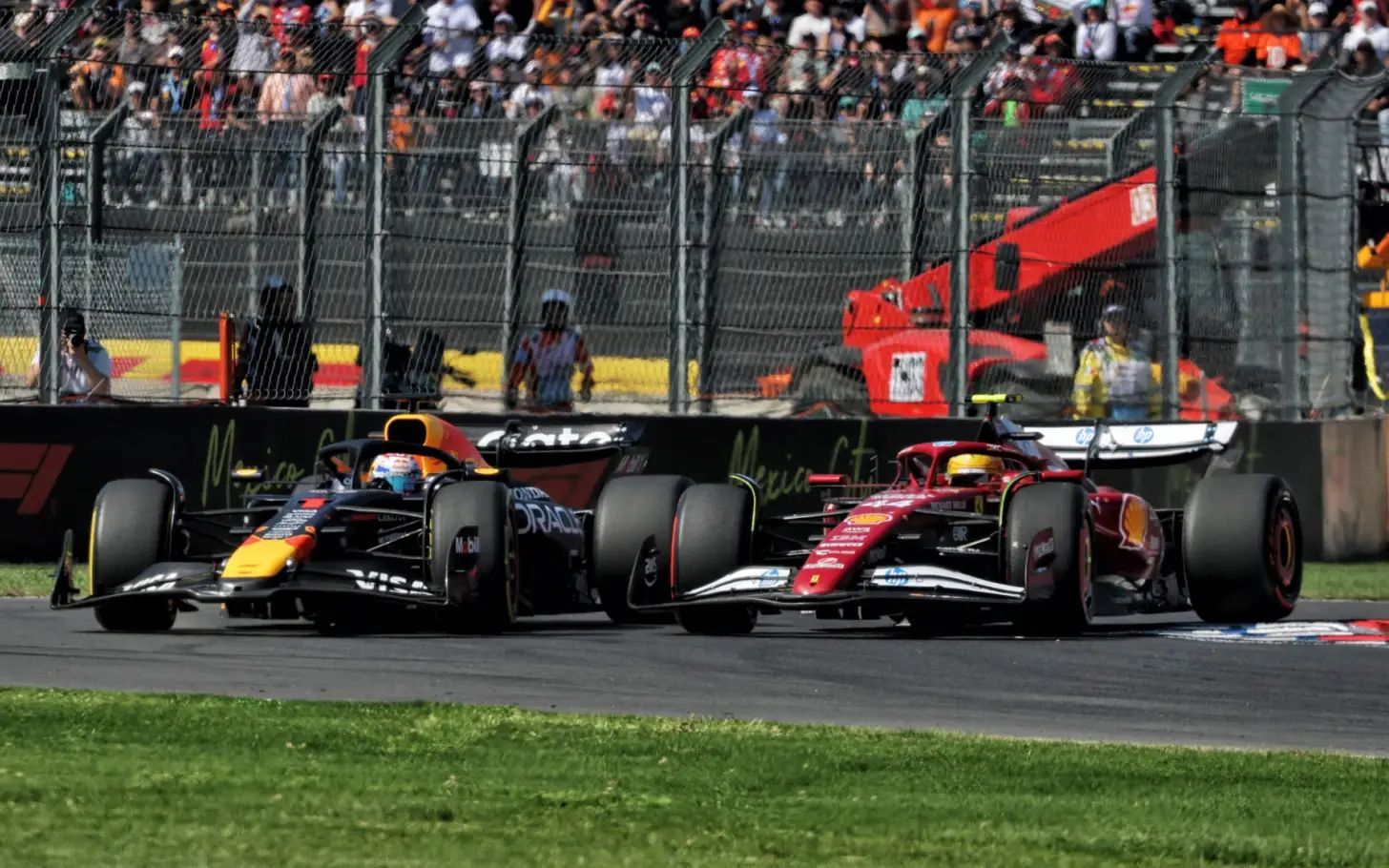Carlos Sainz refuses to reveal Ferrari chats after being blindsided by L… read more
Carlos Sainz’s silence following a dramatic late-race overtake by Lewis Hamilton at the Italian Grand Prix has ignited a firestorm of speculation surrounding Ferrari’s internal communication strategies. The Spaniard, visibly frustrated after being overtaken by the seven-time world champion in the closing stages of the race at Monza, has resolutely refused to divulge the contents of his team radio exchanges, adding fuel to the already intense scrutiny of Ferrari’s performance this season. The incident, unfolding during a tense battle for a podium position, saw Hamilton execute a daring maneuver around the outside of Sainz at the Variante della Roggia, ultimately securing a hard-fought second place. Sainz, despite showing impressive pace throughout the weekend, was left to settle for a disappointing third, a result that many believe could have been different with a more optimal strategic call from his Ferrari pit wall.
The lack of transparency from Sainz and Ferrari regarding the team radio messages has led to a flurry of theories and analyses across the Formula 1 community. Some suggest that the team may have instructed Sainz to hold position, perhaps to protect the overall team result and prevent a potential clash between the two Ferrari drivers, Charles Leclerc, and Sainz himself. This hypothesis gains traction considering Ferrari’s strategic blunders in the past, particularly those involving Leclerc. However, others believe the silence points to a breakdown in communication or a strategic miscalculation on the team’s part, highlighting the ongoing internal struggles within the Scuderia. A perceived lack of effective communication between driver and team has been a recurring theme for Ferrari in recent seasons, and this incident seems to underscore the problem once again.
The contrasting performance of the two Ferrari drivers further complicates the narrative. While Sainz appeared to be on the back foot strategically, Leclerc struggled with pace and ultimately finished a distant fifth, adding another layer of complexity to the overall team performance. The apparent strategic disparity between the two drivers’ race management raises further questions about Ferrari’s ability to optimize its strategies and effectively support its drivers in the heat of competition. This inconsistency, coupled with Sainz’s reluctance to reveal the content of his radio communications, has left fans and analysts alike with more questions than answers.
The incident itself was fraught with tactical nuances. Hamilton, driving a significantly upgraded Mercedes, demonstrated exceptional race craft to exploit a seemingly small opportunity. His aggressive overtake, while clean and fair, exposed a potential weakness in Ferrari’s strategic decision-making. Sainz, known for his aggressive driving style, seemed unable to effectively respond, suggesting a possible constraint imposed by the team instructions or the inherent limitations of the Ferrari car in the specific circumstances. The inability to capitalize on the superior pace Sainz showcased during parts of the race highlighted a broader concern: the Ferrari team’s ability to translate pace into race wins and podium finishes.
Sainz’s refusal to discuss the team radio messages further fuels speculation about possible internal tensions within the team. His guarded response could be interpreted as a subtle critique of the team’s strategic choices or an attempt to avoid publicly criticizing his employer. The delicate balance between driver and team loyalty often necessitates careful communication and strategic restraint. Sainz’s silence, therefore, is not merely a personal choice but rather a significant indicator of the complexities and pressures inherent in the high-stakes world of Formula 1.
The controversy surrounding the Monza race further highlights the intense scrutiny faced by Ferrari. As one of the most prestigious and historic teams in Formula 1, the Scuderia is under constant pressure to deliver results. The ongoing struggles of the team, characterized by inconsistent performance and strategic miscalculations, place intense pressure on drivers and team management alike. Sainz’s unwillingness to shed light on the internal discussions underscores the high level of pressure and the potential for internal friction within the team. The coming weeks will undoubtedly provide further insights into the situation as the fallout from the Monza Grand Prix continues to unfold. The true reasons behind Sainz’s silence and Ferrari’s overall strategic choices remain to be fully revealed, leaving the Formula 1 world waiting with bated breath. The incident at Monza serves as a stark reminder that Formula 1 is not just about speed and skill, but also about the complex interplay of strategy, communication, and team dynamics.




